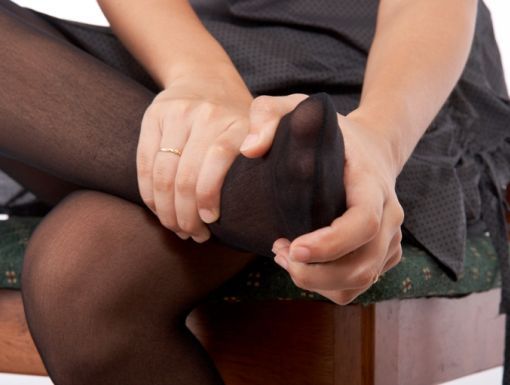
4 Things To Know About Plantar Fasciitis
What is plantar fasciitis?
Plantar fasciitis is a common condition that causes pain to the heel area of the foot. The plantar fascia is a strong cord of tissue connecting from the bottom of the heel and helping it to form the arch in the midfoot, and it connects the heel bone to the toes. When this tissue is inflamed, the condition is called plantar fasciitis. This injury is common in the following types of people:
- Runners, dancers and other athletes
- People who spend a lot of time on their feet due to their occupation while standing on hard surfaces
- Those who wear shoes with inadequate support and poor cushioning
- People who are overweight, as weight gain can overstress this tissue
- Other risk factors include age (it is common in people ages 40-60) and foot mechanics, such as flat feet, a high arch or abnormal walking patterns
- Daily exercises that stretch the calf muscles and arch of your foot, such as a runner’s lunge
Symptoms and Early Treatment
Heel pain is the primary symptom of plantar fasciitis. It can be the most severe when you first put your feet on the floor in the morning, as the fascia may tighten up during the sleeping position. You may also find walking or even standing for extended periods of time painful.
Early, at-home treatment can include:
- An ice pack or frozen water bottle applied on your heel for 15-20 minutes several times a day
- Adding a gel cup heel pad inside the shoe (available at drugstores)
- Resting your heel by limiting physical activities
- Wearing supportive shoes that have good arch support and a slightly raised heel
- Not walking barefoot (especially on hard surfaces)
- Wearing thick socks or supportive shoes, even indoors
- Anti-inflammatory medications, such as ibuprofen or naproxen
Prevention
Preventing plantar fasciitis from happening or recurring is ideal. A few preventative methods include:
- Wearing proper footwear. Wear supportive shoes that are appropriate for the activity. It is recommended that you have your athletic shoes fitted by a professional to avoid injury and improve comfort and performance. Proper footwear will vary based on the activity, but no matter what you’re doing, support is crucial to prevent injuries.
- Avoiding a rapid increase in exercise that is stressful to the foot. If high-impact exercises like running, HIIT, or aerobics are your typical ways to stay active, you should consider low-impact and strengthening exercises. Consult with your Ochsner Sports Medicine provider for a plan.
- Weight management. Carrying extra weight can put a lot of strain on the foot. If you are uncertain on where to start, Ochsner Health has comprehensive services to help you get on track.
When To See A Doctor
You may be asking yourself: When should I see a doctor about plantar fasciitis? Well, if the condition lasts more than two weeks, you should see a sports medicine/orthopedic physician to prevent it from becoming a chronic problem that may require surgery.
Your physician may prescribe therapies, including cortisone injection, night splint or physical therapy to stretch and strengthen the fascia and Achilles tendon.
Not all heel pain is caused by plantar fasciitis. Your heel pain could be the result of a stress fracture, tendonitis, arthritis, nerve irritation, or (rarely) a cyst or tumor. Therefore, it’s important to visit a physician.
Make an appointment with an Ochsner Sports Medicine or Orthopedics physician.



